Recovering the tradition of a holy season
Most Catholics know that they ought to celebrate the Christmas season differently from how the secular world often does. Catholics are told that we should not listen to Christmas music or put the Baby Jesus in the Crèche until December 25. Then we are told that we should not take the Christmas decorations down so quickly after the 25th, nor should we stop saying “Merry Christmas!” and listening to Christmas music. We are told that the celebration keeps going.
While some may say that this is merely a Catholic conspiracy to keep the parties going, and still others may say that Catholics are just being lazy and do not want to take down decorations, both thoughts are wrong. The celebration of the Christmas season in this lengthy fashion is better understood when you look at the Church’s old liturgical calendar. In the old calendar, octaves, sets of eight days following a feast in a special, prolonged celebration of that feast, were a common occurrence. Over time the number of octaves was shortened until only two, the Octave of Christmas and the Octave of Easter, now exist.
So, we have the Octave of Christmas. But should this mean that we celebrate Christmas for only the eight days following the solemnity? No! Quickly following the Octave of the Nativity (in which we celebrate both the Feast of the Holy Family and the Solemnity of Mary, Mother of God) was the Octave of the Epiphany which began on January 6th.
The Church calendar takes us on the journey of Christ’s Life, starting at His birth and reaching the time when the Magi arrived to pay homage to Him. In fact, this Octave ranked higher than that of the Octave of Christmas in the Church’s old calendar. The Octave of the “Epiphany,” or “Showing Forth” of the Lord and His Divinity contains the celebration of three different theophanies of the Lord. First, is when the Magi come and presented to Him gifts of gold, frankincense, and myrrh, recognizing Him as a king, as God, and as our Savior who would die for us, respectively. Secondly, the Church remembers Christ’s first miracle at the Wedding in Cana, the miracle that first reveals His Divinity publically. Lastly, is His Baptism, at which the Father Himself presents the Son in Whom He is well pleased (Mt 3:13-17).
We can now see that this beginning of the liturgical year, after Advent, is filled with the various epiphanies, the showings, of Christ—at His birth, at the Epiphany, and yet again at the feasts following it. While the Church’s new calendar may not help us move as fluidly from one to another as it did with the old calendar, we still celebrate these feasts during a lengthy Christmas season. However, that season does come to an end. And we have reached it.
Following the Baptism of the Lord, the Church enters Ordinary Time. The shouts of “Merry Christmas!” end, we stop listening to Christmas music, and Christmas decorations start to come down. Yet, in some places, including many locations on campus, the Crèche remains, even though Christmas is over.
The Law of Moses states that at the end of the time of “purification” a mother is to bring her child to the temple and offer a sacrifice to the Lord (Lv 12:6). Luke 2:22 states that Mary and Joseph did indeed bring Jesus to the temple to offer sacrifice and present Him to the Lord. As the Christmas season primarily celebrates the revelation of Christ coming as the Word Made Flesh to live among us, it seems reasonable that we keep some reminder of Christmas with us as we journey to this feast, the last epiphany on the Church’s calendar.
What used to be called the Feast of the Purification of Mary, but what we now refer to as the Presentation of the Lord or Candlemas, is celebrated forty days after the birth which is the length of purification according to the Mosaic Law. Thus, the Presentation is always celebrated on February 2.
The celebration of Candlemas used to have a great tradition, in which the people processed into the Church from a nearby gathering place with blessed candles. The tradition, like that at the Easter Vigil, reminded them that Christ, the Light of the World, had come to be with them, even as a human child. Perhaps you will think of this on February 2. Maybe you can make an extra trip to the Grotto and light a candle, not asking God for anything, but merely thanking Him for everything, especially the gift of the Son who has shown Himself to us especially during the long Christmas season that has reached its end; recognizing that there is nothing “ordinary” about this time, for everything about God is extraordinary.
Patrick is a freshman studying mathematics and theology. He enjoys getting into theological debates and eating cookies. He can be reached at pgouker@nd.edu and will gladly accept free cookies.
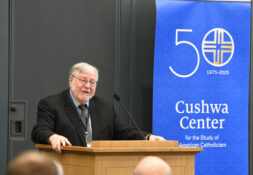
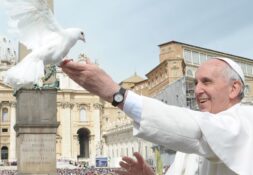
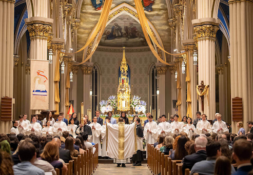
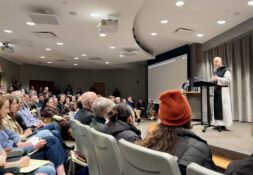
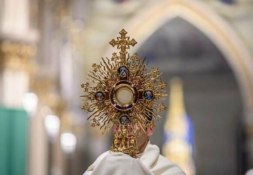

Leave a Reply